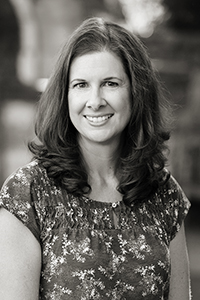Unless you’re a professional photographer, I’m sure it’s a bit of a mystery what happens to pictures – if anything – between the camera and a framed portrait on your wall.
Today, a professional photographer is the lab, the retoucher and sometimes the printer too. Digital photography certainly allows more creative control over each image, but adds layers of software and talent previously not required of photographers.
A camera in every phone with lots of filters to play with, and pictures plastered over social media also further blurs the line between professional photography and a snapshot.
Most photographers that call themselves professionals have mastered the many processes necessary to take an ordinary image and make it a work of art worthy of your walls.
** And every image taken by any photographer, professional or not, is automatically copyrighted to that person, so it’s important to respect the copyright and not copy or alter anyone else’s images without their permission.
To give you a glimpse into some of the steps that go into a finished image, I’m now including a look behind the scenes with most of my blog posts (so be sure to read all the way to the bottom!). I get questions all the time about retouching, so hopefully this shows the difference those finishing steps make to an image.
Ideally an image comes out of camera with a good exposure, but then Lightroom is required to adjust everything from color temperature to highlights, shadows, contrast and more adjustments. The files are then converted from RAW to JPEG and this is the proof stage.
Next is retouching for ordered images, making colors really pop, or making the image black and white, smoothing skin, dodging and burning (making areas of the image lighter or darker), etc..
The final step is printing. Using a professional lab (available to professional photographers) means the colors will be accurate and the paper will last for generations. Professional photographers also have access to many unique ways to display your art like deep matte paper, metallic paper, velvet art paper, gallery wrapped canvas, canvas block, printing on wood or metal, books, albums, folios, custom framing and more.
It’s fun to view and share images on-line, but it’s not until a tangible print is in the hands of a client, that a photographer’s work is done.
With the baby’s picture below, I thought the background was improved with the use of a texture. Not something I use often, but it really enhanced the image as a final step. Retouching really is done individually with a vision in mind for perfecting each image.

.jpg)












